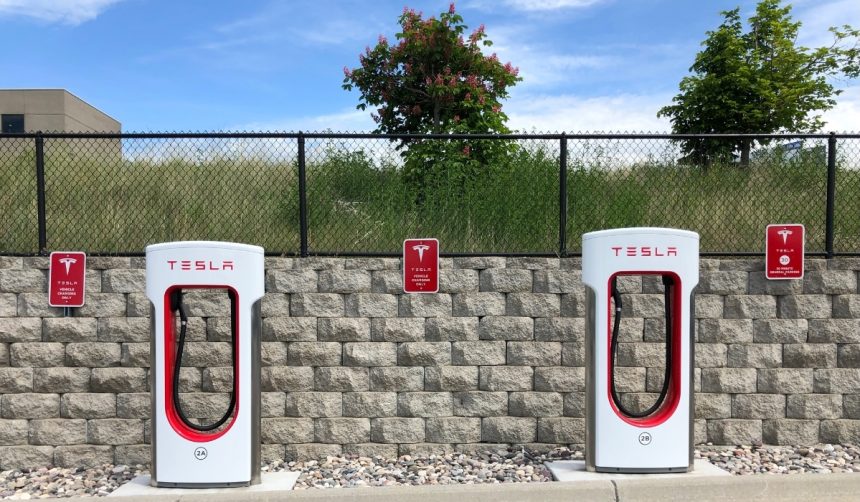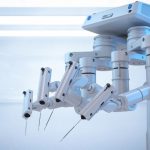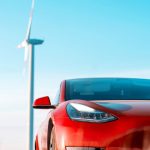Drivers who have used Tesla’s Full Self-Driving (Supervised) v14 over the last several weeks have noticed marked refinements throughout the semi-autonomous system, with notable changes that impact everyday usability. As anticipation grows among Tesla owners for continued updates, many point to smoother interactions on highways, enhanced responsiveness to complex traffic scenarios, and more adaptive driving speeds. Observations based on real-world testing suggest a step forward not only in software reliability but also in how the system integrates with a variety of driving environments, including busy expressways and rural communities.
Existing reports about earlier versions of Full Self-Driving reflected mixed confidence among users, with many highlighting erratic speed adjustments, poor lane discipline, and confusion around unexpected road obstacles. Now, users relate that Tesla’s v14 series, including the incremental v14.1.4 update, shows concrete progress over v13 by addressing specific concerns such as “brake-stabbing” and slow response to merging traffic. While previous versions required drivers to intervene frequently for safety, the latest release appears to have reduced the necessity for manual corrections, according to user feedback and shared videos.
How Has Highway and Lane Behavior Improved?
The latest Full Self-Driving update has resulted in more predictable and courteous lane-switching behavior, especially in high-speed environments. Where past iterations held vehicles in the passing lane unnecessarily, v14 now directs them to return to the right lane after overtaking slower traffic. Tesla commented,
“Our priority is to create an attentive and polite driver assistant that operates within legal guidelines.”
This approach becomes more relevant given jurisdictional differences regarding left-lane driving and is expected to ease driver frustration and align with best practices for highway travel.
How Does the System Handle Merging and Roadside Obstacles?
Drivers report that the Full Self-Driving system demonstrates increased awareness of merging traffic and provides appropriate opportunities for other vehicles to join the flow. Clips from dashcams illustrate the software making space for vehicles in congested situations and reacting in a timely manner to sudden road hazards. In one example, the FSD v14 swerved smoothly around an animal carcass, an improvement over prior inconsistencies where the system might differentiate poorly between road debris and minor obstacles. According to a Tesla spokesperson,
“We continually refine our object detection and vehicle courtesy protocols to improve overall road safety for everyone.”
Does v14 Deliver Consistent Speed and Confident Overtaking?
Tesla has removed the Max Speed setting in v14, allowing users direct control over the Speed Profile with a steering wheel scroll button. This change means fewer interventions by drivers and more stable speed maintenance on both local and highway roads. In rural scenarios, such as those involving slow-moving mail trucks or horse-drawn buggies, the car overtook obstacles confidently and safely, a significant development compared with the need for frequent driver takeover during similar encounters in earlier versions.
While progress across the Full Self-Driving platform is evident, differences remain between initial customer feedback from v13 releases and the real-world operation of v14. Where before cautious optimism mingled with concern over sudden stops and odd speed fluctuations, the current version draws praise for nuanced traffic interaction and reliable hazard avoidance. Some recurring minor issues persist, but the stability and predictability many users sought are now more commonly reported. These advancements highlight continued incremental improvement by Tesla instead of sweeping changes, with each update tailored to address real driver concerns without overpromising.
Understanding the current landscape of semi-autonomous driving systems helps car owners make informed decisions about new features and their practical application. For Tesla Full Self-Driving (Supervised) v14 users, direct controls over driving profiles offer more agency, while visible progress in handling complex scenarios like merging traffic and road debris addresses longstanding critiques. Ultimately, as the technology progresses, a strong awareness of both its strengths and limitations remains essential for safer adoption on public roads. Drivers are encouraged to treat these systems as supervised assistants and to remain attentive, especially as software capabilities continue to mature with each version release.










